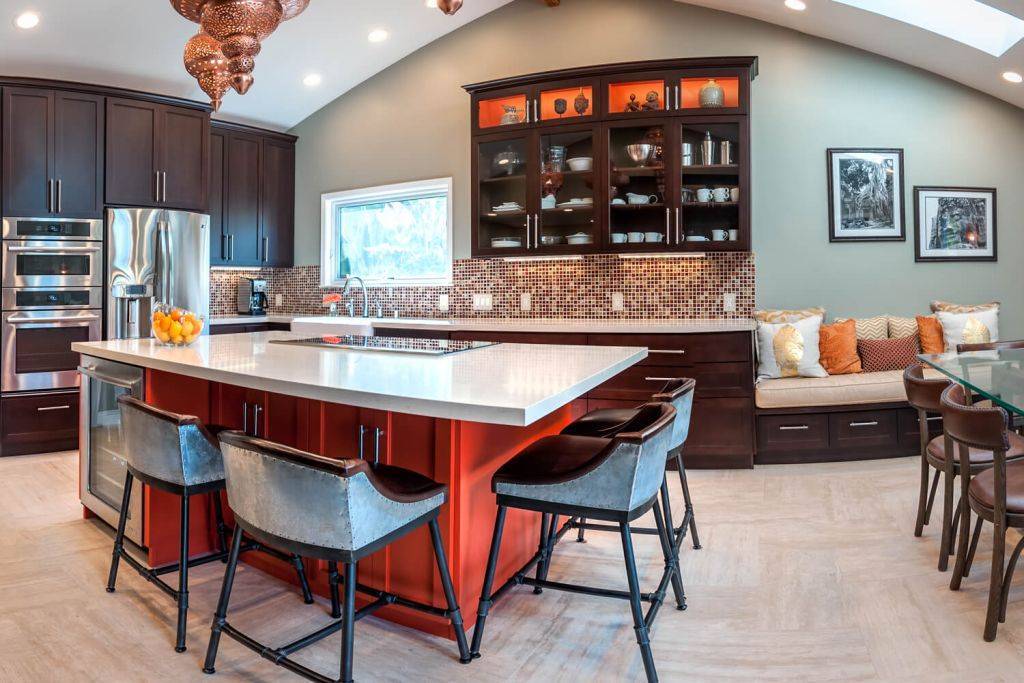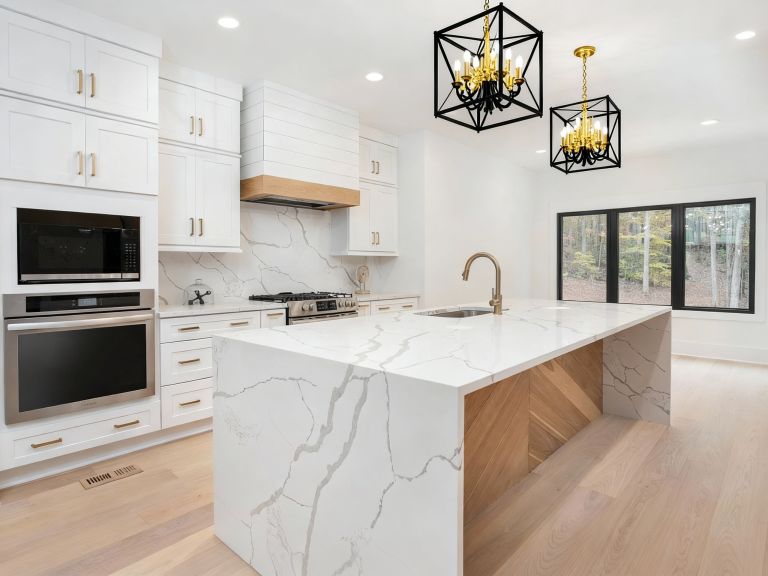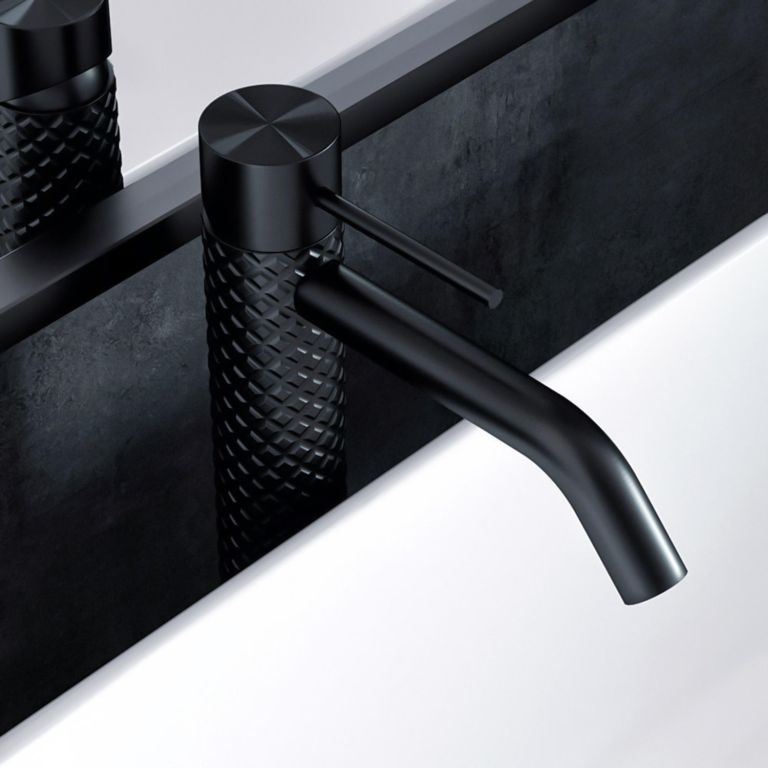In the world of corporate design and build projects, sustainability has become a crucial aspect of creating environmentally responsible spaces. One area that often goes overlooked, yet holds immense potential for energy savings and reduced environmental impact, is lighting.
By incorporating sustainable lighting strategies, Design And Build Firms Burlingame can not only save money on energy costs but also contribute to a greener future. In this blog post, we will explore some bright ideas for implementing sustainable lighting in corporate design and build projects.
Embracing LED Technology
When it comes to sustainable lighting, LED technology takes centre stage. LED (Light Emitting Diode) lights are highly energy-efficient and have a longer lifespan compared to traditional lighting options for corporate Design And Build San Mateo.
By switching to LED lighting solutions, corporations can significantly reduce their energy consumption and carbon footprint. Furthermore, LED lights provide a more natural and pleasing illumination, enhancing the overall aesthetic appeal of the workspace.
Maximizing Natural Light
Another effective strategy adopted by corporate Design And Build Contractor Pacifica for sustainable lighting is to leverage natural light sources. By incorporating large windows, skylights, or glass walls, corporate buildings can maximize daylight penetration.
Natural light not only reduces the need for artificial lighting during the day but also offers numerous health benefits, such as increased productivity and improved well-being among employees. Properly designed spaces can optimize the use of natural light, creating a bright and inviting environment.
Smart Lighting Controls
Integrating smart lighting controls into the corporate design and build projects can significantly improve energy efficiency. By using occupancy sensors, light dimmers, and daylight sensors, businesses can ensure that lighting is only activated when needed.
For example, sensors can detect movement and adjust lighting accordingly, automatically turning off lights in unoccupied areas. This intelligent approach not only reduces energy waste but also simplifies maintenance and lowers operational costs.
Task Lighting and Zoning
In large corporate spaces, it is essential to consider the specific lighting needs of different areas and workstations. Instead of uniformly illuminating the entire space, task lighting, and zoning techniques are being more utilized by the design & build and General Contractor Palo Alto Adu.
By providing adjustable desk lamps or localized lighting solutions, employees can have control over their immediate work environment, reducing overall energy consumption. Additionally, implementing zoning allows lighting to be customized based on usage patterns, optimizing energy usage without compromising productivity.
Energy Monitoring and Management
To ensure ongoing sustainability, it is crucial to monitor and manage energy usage effectively. Installing energy management systems can provide real-time insights into lighting consumption, allowing businesses to identify areas for improvement.
By tracking energy data and implementing energy-saving measures, Design And Build Firms Burlingame can continuously optimize corporate’s lighting systems and make informed decisions for future design and build projects.
Conclusion
Sustainable lighting strategies offer immense potential for reducing energy consumption, lowering costs, and creating environmentally responsible corporate spaces. Integrating these bright ideas into corporate design and build projects not only benefits the environment but also enhances the well-being and productivity of employees.






